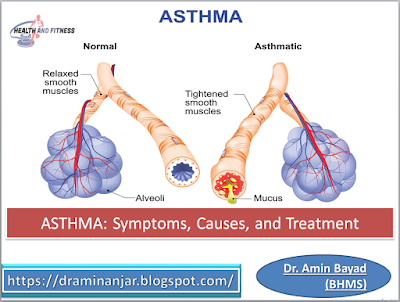ULCERATIVE COLITIS
Ulcerative colitis is an inflammatory bowel disease in which there is inflammation of the inner lining of large intestine or colon. If inflammation is untreated then there will be a development of ulcer on the inner lining of intestine and colon.
In India, 6.02/100,000 people are suffering from ulcerative colitis according to studies conducted on different Indian state on different time. All through ulcerative colitis is a disease of the western country but nowadays this disease is also seen in Asian countries.
CAUSES OF ULCERATIVE COLITIS
- An exact cause of ulcerative colitis is unknown as research is going on ulcerative colitis causes.
- Perversely diet and stress are suspected of the causes of ulcerative colitis but due to lack of evidence, we cannot say that stress and diet are responsible for ulcerative colitis.
- Immune system malfunction is one possible cause for ulcerative colitis. Where abnormal immune response causes the immune system to attack cell of the digestive tract.
- Heredity also plays a role in the development of ulcerative colitis.
RISK FACTOR OF ULCERATIVE COLITIS
- AGE: - Begins before age of 30 but can occur at any age.
- FAMILY HISTORY: - If your parents or siblings are suffering from ulcerative colitis than you are at higher risk for developing ulcerative colitis.
- RACE: - Whites are the higher risk of this disease.
SYMPTOMS OF ULCERATIVE COLITIS
Depending upon the severity of inflammation the symptoms of ulcerative colitis may vary.
- Abdominal pain (cramping)
- Diarrhea with blood or pus
- Rectal bleeding with pain
- Urgency of defecate
- Weight loss
- Fever
- Fatigue
- Anorexia
- Skin sore
- Dehydration
- Difficult to hold stool
COMPLICATION OF ULCERATIVE COLITIS
- Severe bleeding
- Severe dehydration
- Perforated colon
- Osteoporosis
- Inflammation of skin, joints, and eye
- Colon cancer
- Blood clots in veins and arteries
DIAGNOSIS OF ULCERATIVE COLITIS
- Blood test: - to check for sing of infection and rule out anemia
- Stool test: - White blood cell present in the stool indicate ulcerative colitis.
- Colonoscopy: - To view entire colon using a thin, flexible, lightened tube with the attachment of camera and to collect a small sample of tissue for lab analysis.
- Sigmoidoscopy: - If the colon is severely inflamed than sigmoidoscopy is necessary.
- X-ray: - To see perforated colon
- CT-scan: - To suspect complication of ulcerative colitis such as the perforated colon.
- MRI: - To find out how deep infection is in colon
TREATMENT OF ULCERATIVE COLITIS
Treatment for ulcerative colitis is depending on the severity of inflammation of the colon and our main goal is to reduce inflammation as soon as possible for further complication.
Treatment for ulcerative colitis is divided into three-part
Diet: - Spicy and high fiber food can worsen symptoms of ulcerative colitis so soft, blend food, is better for ulcerative colitis
Medicine: -
- Antibiotics: -To heal inflammation caused by bacteria
- A medicine which helps to reduce inflammation of the colon
- Immunosuppressive medicine to reduce attack on colon by the immune system
- Other symptomatic treatments such as an antidiarrheal, analgesic, and iron supplement.
Surgery: -If medicinal management doesn’t work on ulcerative colitis than a doctor may advise removing the colon.
Advice to the patient of ulcerative colitis
- Drink a small amount of water
- Eat a small amount of meal
- Avoid high fiber diet
- Avoid fatty food
- If lactose intolerance than avoid
- Avoid spicy food, alcohol, and caffeine.
- Reduce stress by doing daily mild exercise
- Regular relaxation and breathing exercise.
















